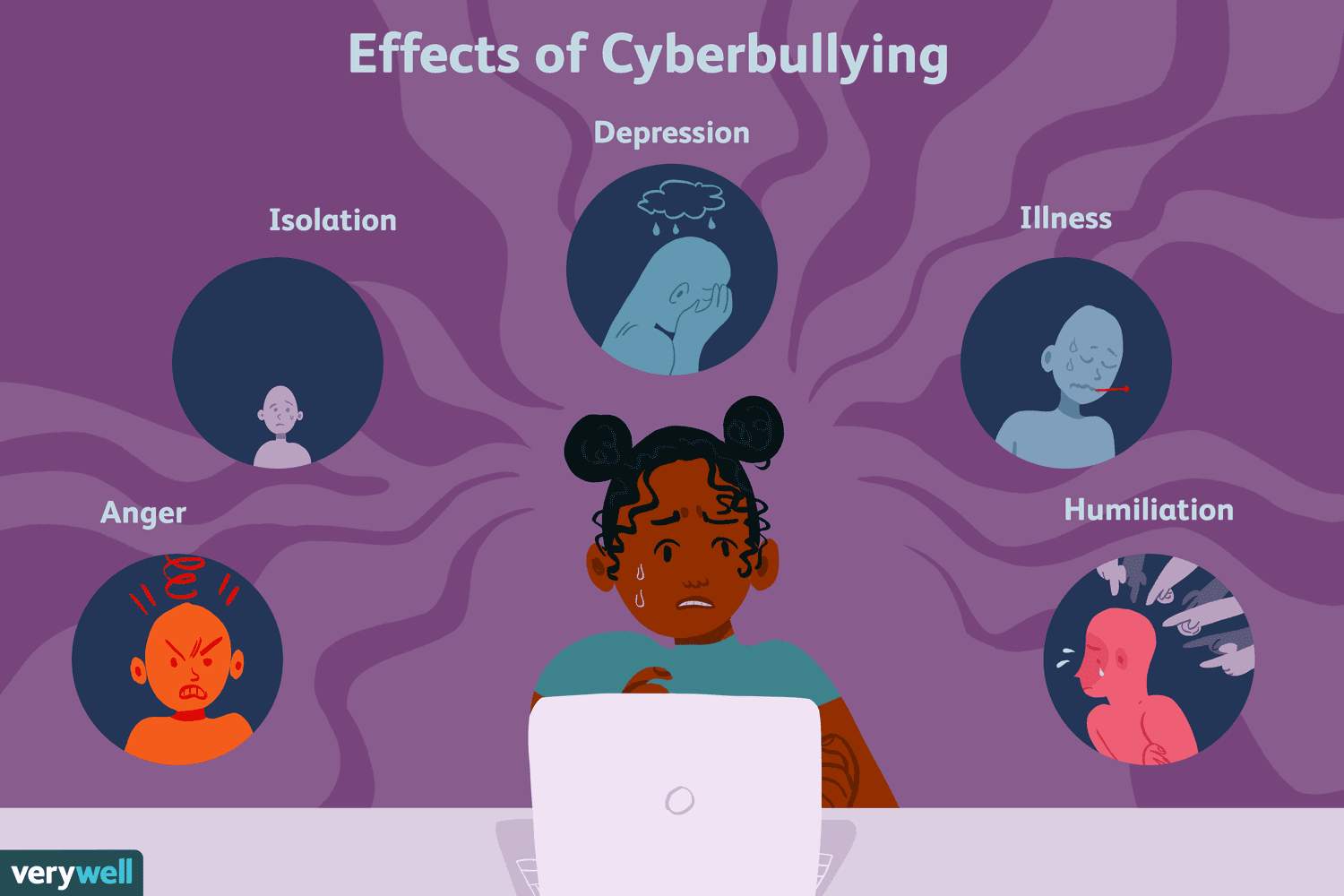Cyberbullying And Workplace Harassment
Cyberbullying And Workplace Harassment
What is Cyberbullying?
Cyberbullying is a form of bullying that takes place online or through digital communication channels such as social media, text messages, email, or online forums. It involves using technology to harass, intimidate, humiliate, or threaten someone. Cyberbullying can take many forms, including spreading rumors or lies, sharing embarrassing or inappropriate photos or videos, sending hurtful messages, and excluding someone from online groups or conversations. The impact of cyberbullying can be significant, including emotional distress, anxiety, depression, and in extreme cases, self-harm or suicide. It is important to recognize and address cyberbullying as a serious problem and take steps to prevent it from happening.
Why does Cyberbullying occurs?
There are many reasons why cyberbullying occurs. One reason is that the anonymity and perceived distance provided by the internet can make people feel more emboldened to say things they wouldn't say in person. Additionally, the internet provides a wide audience for the bully to reach, and the lack of physical presence can make the bully feel more powerful.
Another reason why cyberbullying occurs is that the online world can be highly competitive and can amplify social dynamics that already exist in real life. For example, cyberbullying may occur as a result of jealousy, envy, or social exclusion, which can be magnified in the online environment. In some cases, cyberbullying can also be a way for the bully to feel a sense of control or power over others.
It is also worth noting that cyberbullying can occur among people who know each other in real life, such as classmates or coworkers, as well as between strangers. Regardless of the specific reasons why cyberbullying occurs, it is important to recognize it as a serious problem and take steps to prevent it from happening.
Effects of Cyberbullying
Cyberbullying and workplace harassment
Cyberbullying and workplace harassment share some similarities in that they both involve the use of technology or other means to intimidate, humiliate, or demean someone. However, there are some key differences between the two.
Cyberbullying typically refers to behavior that takes place outside of the workplace, such as on social media or through text messages. It can involve peers, acquaintances, or even strangers, and may not be related to work at all. In contrast, workplace harassment is behavior that takes place in the context of employment and is directed at a co-worker, subordinate, or supervisor. It can include verbal or physical abuse, sexual harassment, or discrimination based on factors such as race, gender, or age.
While cyberbullying can have serious emotional and psychological effects on its victims, workplace harassment can also have legal and financial consequences for both the victim and the organization. In many countries, workplace harassment is illegal, and employers have a responsibility to prevent and address it. Failure to do so can result in lawsuits, fines, and damage to the organization's reputation.
To prevent workplace harassment, organizations should have clear policies in place and provide training to employees and managers on how to recognize and address inappropriate behavior. They should also establish reporting mechanisms and take swift action when harassment is reported. Similarly, parents, educators, and policymakers can work together to prevent cyberbullying by educating young people about appropriate online behavior, establishing consequences for cyberbullying, and promoting positive online interactions.




Comments
Post a Comment